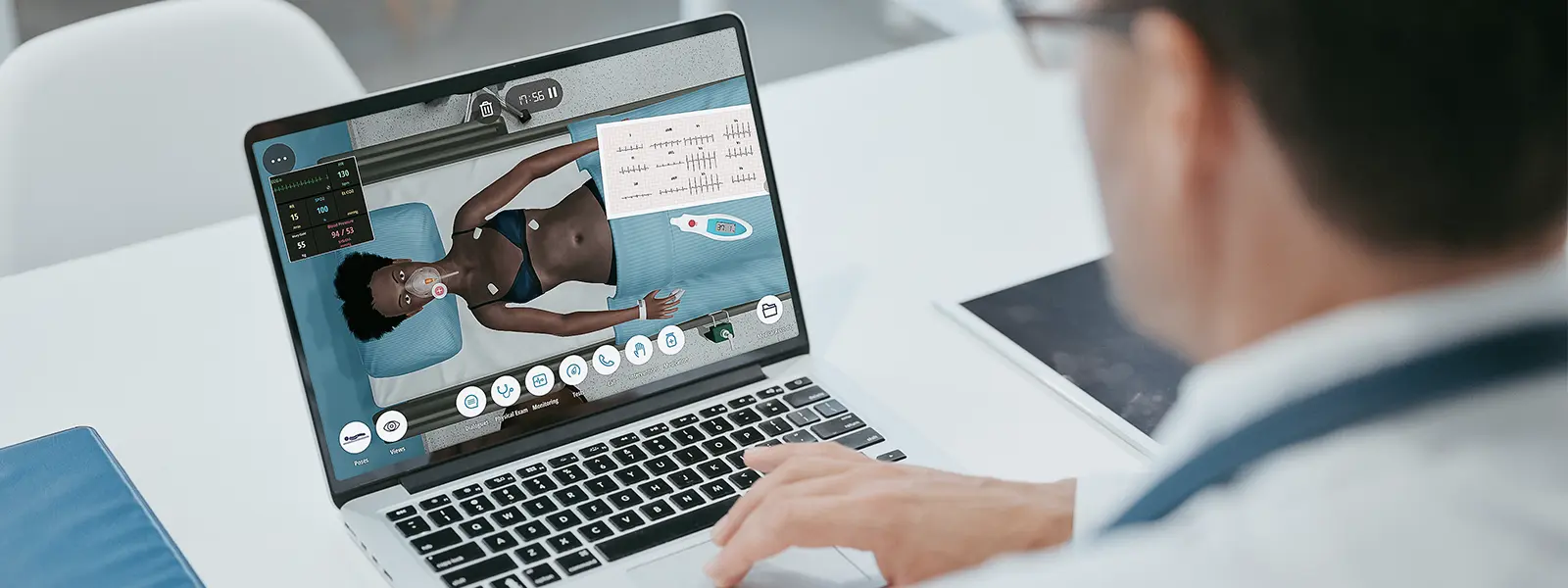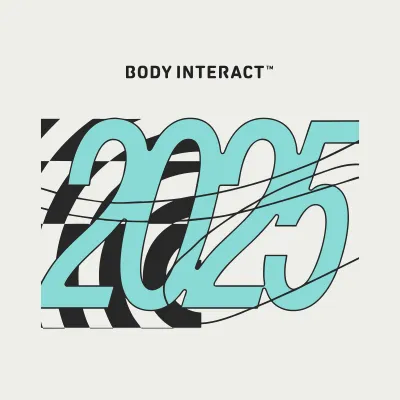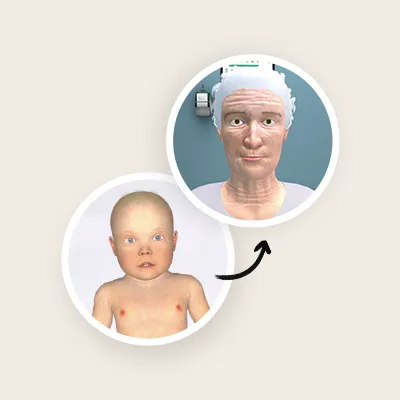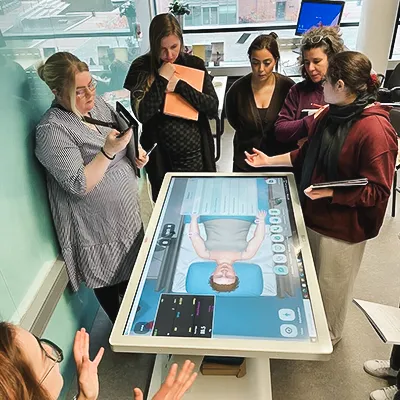Webinar: Virtual Clinical Simulation Experiences to Effective Outcomes
During a groundbreaking webinar on October 25, medical education experts Dr. Ana Gabriela Ortíz and Dr. Samuel Gutiérrez Barreto shared their insights on clinical simulation. The session highlighted the integration of Body Interact, as a state-of-the-art simulation tool, into the medical curriculum, transforming the teacher and student experience.
Before and After
The experts began their presentation by discussing teaching methods over the years. The experts emphasized the transition from traditional teaching methods to a more engaging and interactive approach. They highlighted how Body Interact enhances the learning experience, guiding students from foundational concepts to advanced clinical areas.

Basic to Clinical and Clinical to Basic
The integration of Body Interact throughout the medical curriculum was discussed. Dr. Ana and Dr. Samuel emphasized that the platform facilitated a seamless transition for students, guiding them from foundational subjects to specialized areas. The versatility of Body Interact was a key feature, enabling educators to effectively engage students throughout their educational journey, from the early years to the final clinical years.

Safe Learning Environment
A crucial takeaway from the webinar was the establishment of a safe learning environment. Students were encouraged to practice, make mistakes, and learn from them – a crucial aspect of medical education. Body Interact offered a secure environment in which mistakes were not viewed as failures, but as valuable learning opportunities. Utilizing simulations, students were able to pause, reflect, and learn, which improved their understanding of complex medical topics.
The Power of Reflection with Body Interact
The time to reflect was a key point of discussion regarding the learning process. Body Interact allows students to pause simulations, reflect on their decisions, and gain profound insights. This reflective practice is seamlessly integrated into the learning experience, empowering students to strengthen their skills.
Conclusion
The webinar highlighted Body Interact’s significant impact on shaping the future of healthcare education. By incorporating simulation technology, educators foster a new generation of healthcare professionals who learn, practice and reflect in a supportive environment. Virtual clinical simulation marks a new era in medical education, providing students with clinical decision-making skills beyond the traditional methods. This ensures that students are well-prepared for real life.
Watch the complete webinar here: https://www.youtube.com/watch?v=HOGwDiQUI5I
By Ana Santa









